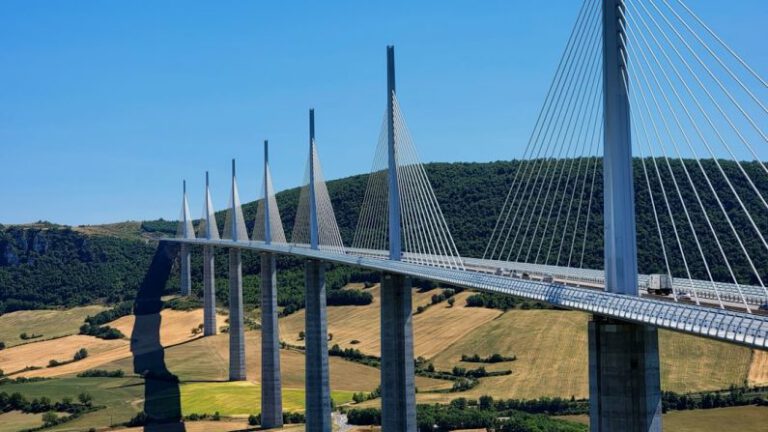Crossing the Bosphorus: the Story of the Bosporus Bridge
Spanning the shimmering waters of the Bosphorus Strait in Istanbul, the iconic Bosporus Bridge stands as a symbol of connection between the European and Asian continents. With its striking silhouette and vital role in the city’s transportation network, the bridge has become an integral part of Istanbul’s identity. Let’s delve into the captivating story of the Bosporus Bridge, exploring its history, significance, and impact on the bustling metropolis.
### A Bridge Between Continents
The Bosporus Bridge, also known as the 15 July Martyrs Bridge, was completed in 1973, marking a significant milestone in the history of Istanbul. Designed by the German engineer Gilbert Roberts and the British architect Sir William Brown, the bridge was a groundbreaking feat of engineering, linking the neighborhoods of Ortakoy on the European side and Beylerbeyi on the Asian side of the city.
### A Marvel of Engineering
Stretching over 1.5 kilometers, the Bosporus Bridge was the first bridge to connect the continents of Europe and Asia since the legendary Pontoon Bridge built by the Persian King Xerxes in 480 BC. Its sleek design and imposing towers make it a striking sight against the backdrop of Istanbul’s skyline. The bridge’s construction required innovative engineering techniques to navigate the challenging conditions of the Bosphorus Strait, including strong currents and seismic activity.
### Symbol of Unity and Progress
Beyond its physical presence, the Bosporus Bridge holds a deeper symbolic significance for the people of Istanbul. As a tangible link between two continents, the bridge represents unity, progress, and the harmonious coexistence of diverse cultures. It has played a crucial role in fostering economic development and cultural exchange between the European and Asian sides of the city, facilitating the flow of goods, services, and ideas.
### A Lifeline for Istanbul
The Bosporus Bridge serves as a vital artery for Istanbul’s transportation network, easing traffic congestion and connecting key neighborhoods on both sides of the city. Thousands of vehicles cross the bridge daily, providing a lifeline for commuters, tourists, and businesses. Its strategic location has made it an indispensable part of Istanbul’s infrastructure, enhancing mobility and accessibility for residents and visitors alike.
### An Iconic Landmark
With its graceful arches and illuminated towers, the Bosporus Bridge has become an iconic landmark synonymous with Istanbul’s rich history and vibrant culture. Whether bathed in the golden light of sunrise or glowing against the night sky, the bridge captivates onlookers with its timeless beauty and majestic presence. It has inspired artists, poets, and travelers from around the world, leaving a lasting impression on all who gaze upon it.
### Bridging Past and Future
As Istanbul continues to evolve and grow, the Bosporus Bridge remains a steadfast symbol of the city’s resilience and adaptability. It stands as a testament to human ingenuity and the enduring spirit of innovation that transcends boundaries and bridges divides. In an ever-changing world, the bridge serves as a reminder of the power of connection and the possibilities that arise when we come together in unity and cooperation.
### Embracing the Crossing
In conclusion, the Bosporus Bridge stands as a testament to the ingenuity, vision, and unity of the people of Istanbul. Its story is one of triumph over adversity, of bridging past and future, and of embracing the crossing between continents. As we marvel at its majestic span and contemplate its significance, let us remember the enduring legacy of the Bosporus Bridge as a beacon of hope, connection, and progress in a rapidly changing world.





